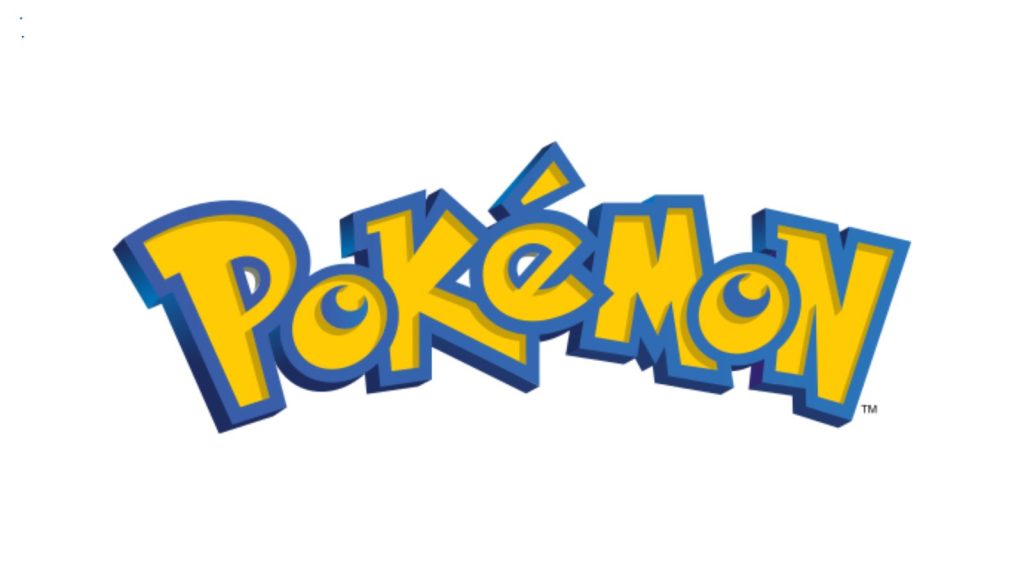The world of Pokémon is filled with fantastical creatures that capture our imagination. But did you know that many of these beloved characters draw inspiration from real-world animals, plants, and even mythological beings? The creators of Pokémon have cleverly woven elements from nature and folklore into their designs, resulting in a rich tapestry of fictional creatures that often have surprising real-world counterparts.
Axolotl (Wooper)
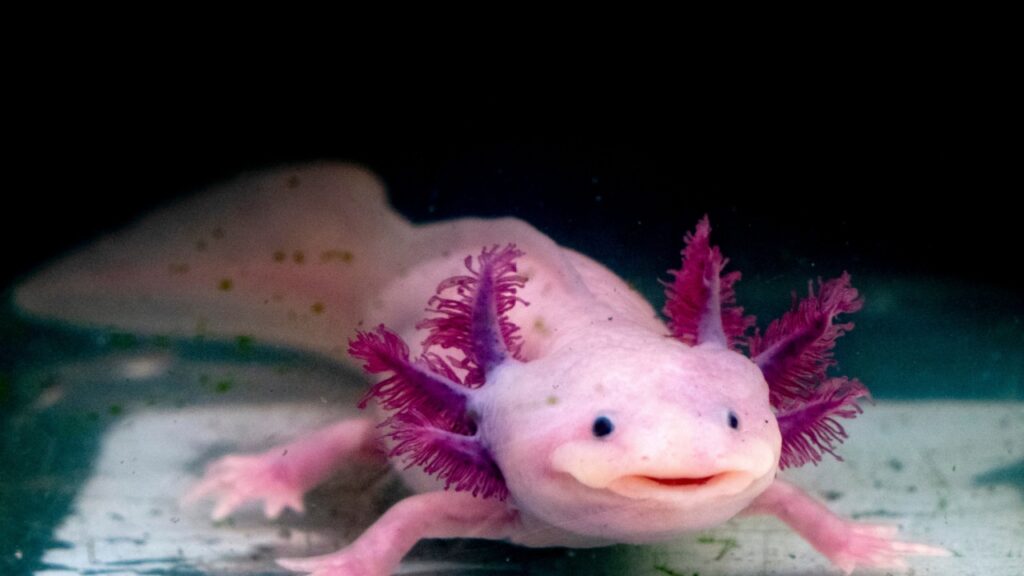
The axolotl, a salamander native to Mexico, inspired the design of the Pokémon Wooper. These fascinating amphibians have the unique ability to regenerate lost body parts, including their brain. Axolotls remain in a larval state throughout their lives, retaining their external gills, which resemble Wooper’s head extensions. Their smiling appearance and unusual features make them a perfect inspiration for the cheerful water-type Pokémon.
Kappa (Golduck)
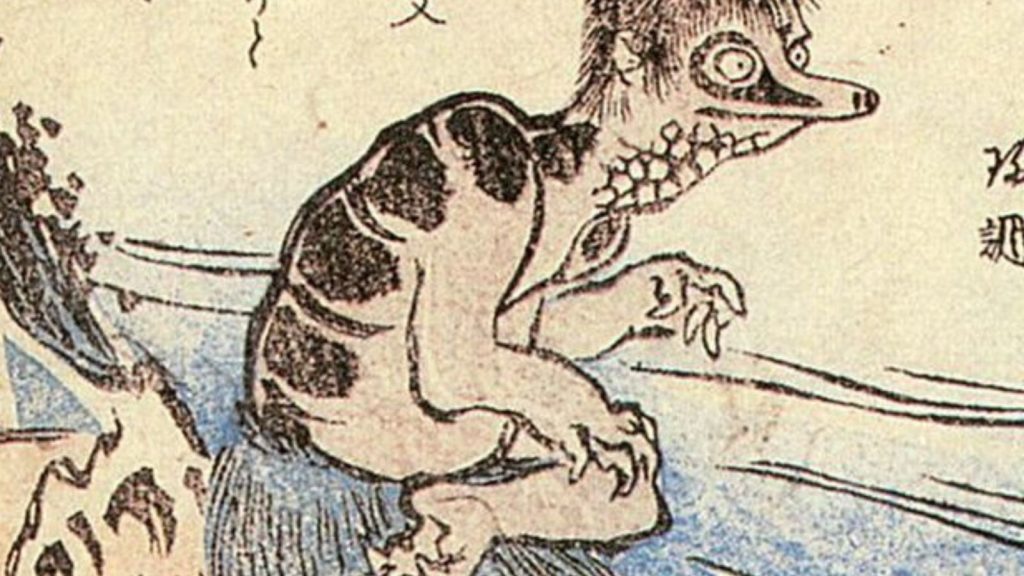
Golduck, the evolved form of Psyduck, takes inspiration from the Kappa, a water-dwelling creature from Japanese folklore. Kappa are often depicted as turtle-like beings with a bowl-shaped depression on their heads that must remain filled with water to maintain their power. Like Golduck, Kappa are associated with water and are said to be excellent swimmers. The connection between Golduck and the Kappa reflects Pokémon’s roots in Japanese culture and mythology.
Tardigrade (Deoxys)
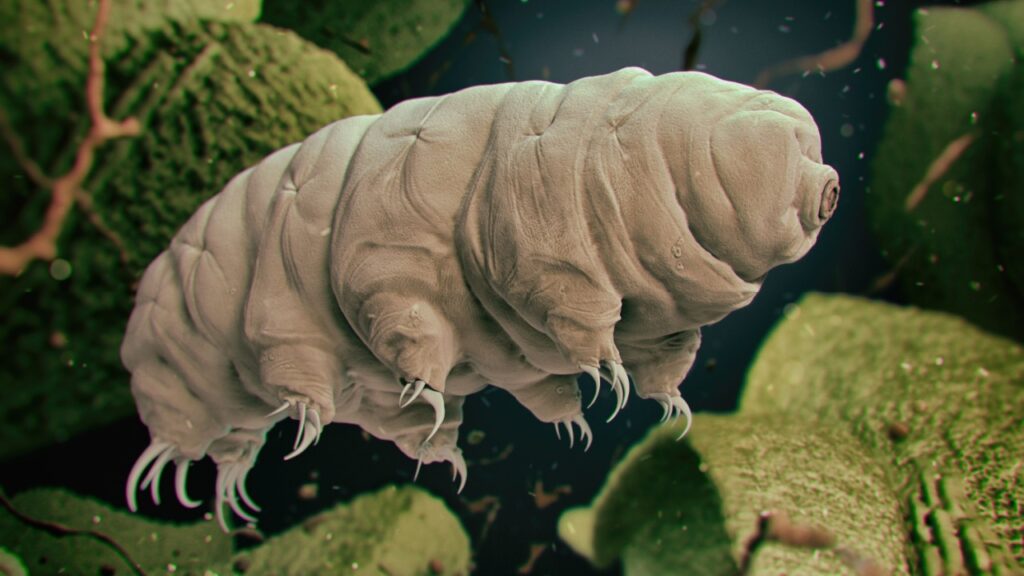
The microscopic tardigrade, also known as the water bear, likely influenced the design of the legendary Pokémon Deoxys. Tardigrades are famous for their ability to survive extreme conditions, including the vacuum of space. Their segmented bodies and ability to enter a dehydrated state called cryptobiosis mirror Deoxys’ alien origins and ability to change forms. The resilience of tardigrades in harsh environments parallels Deoxys’ cosmic nature.
Pangolin (Sandshrew)
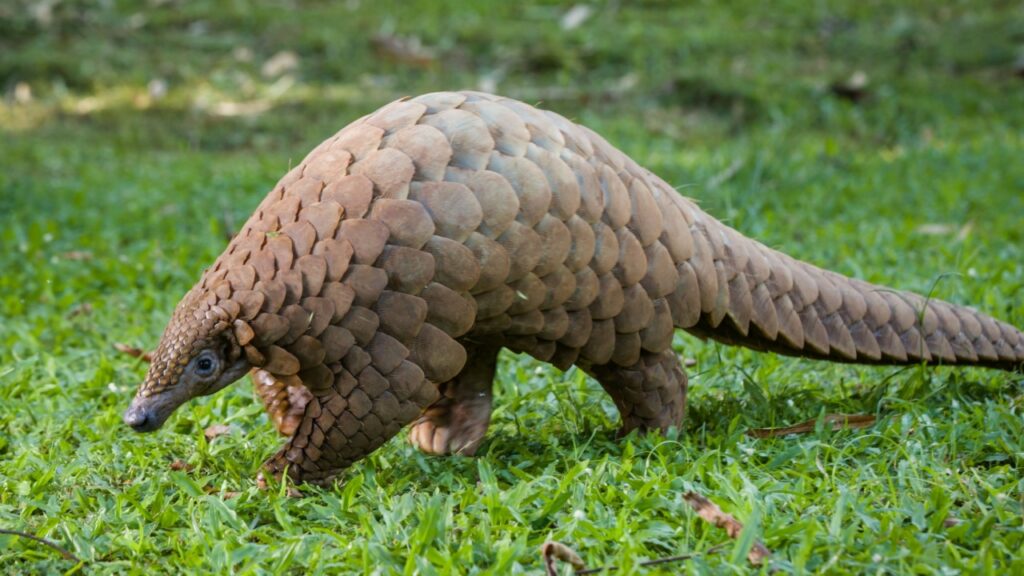
Sandshrew, the ground-type Pokémon, bears a striking resemblance to the pangolin, a unique mammal covered in protective scales. Pangolins can roll into a ball when threatened, just like Sandshrew’s Defense Curl move. These endangered animals are found in Asia and Africa and are known for their long tongues and diet of ants and termites. The pangolin’s armored appearance and defensive behavior make it a fitting inspiration for Sandshrew.
Blobfish (Ditto)
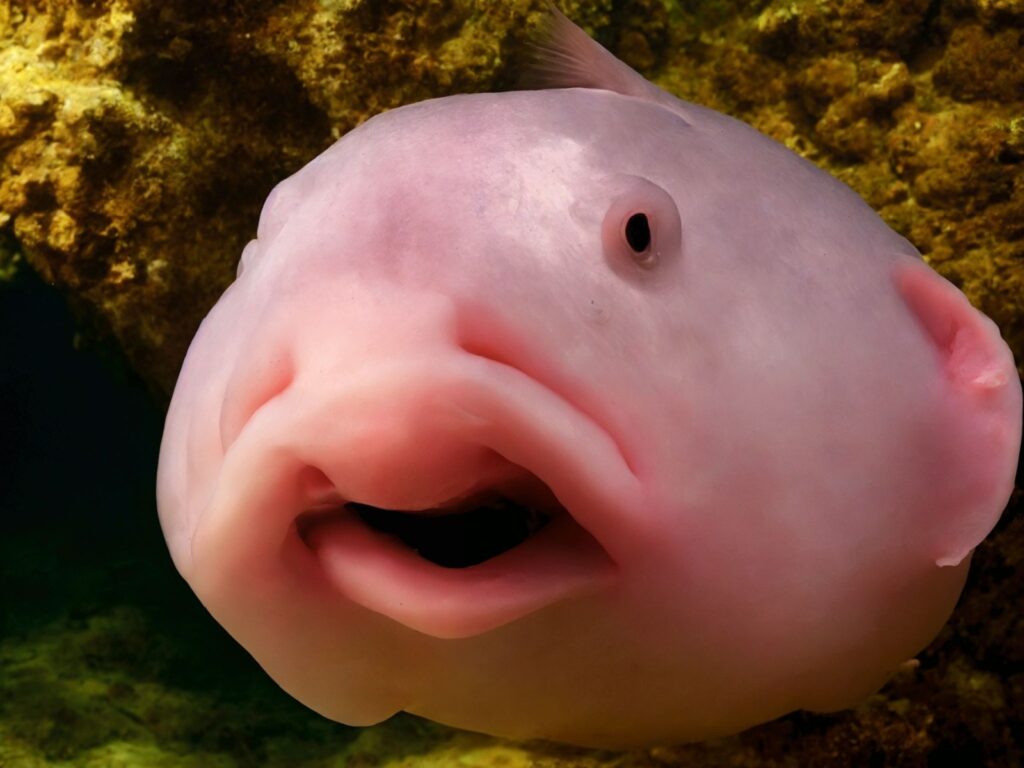
The blobfish, voted the world’s ugliest animal in 2013, likely inspired the amorphous Pokémon Ditto. In its natural deep-sea habitat, the blobfish looks quite different from its famous droopy appearance, which is caused by decompression when brought to the surface. Ditto’s ability to transform into other Pokémon mirrors the blobfish’s dramatic change in appearance under different pressures. Both creatures challenge our perceptions of form and adaptability.
Leafy Seadragon (Kingdra)
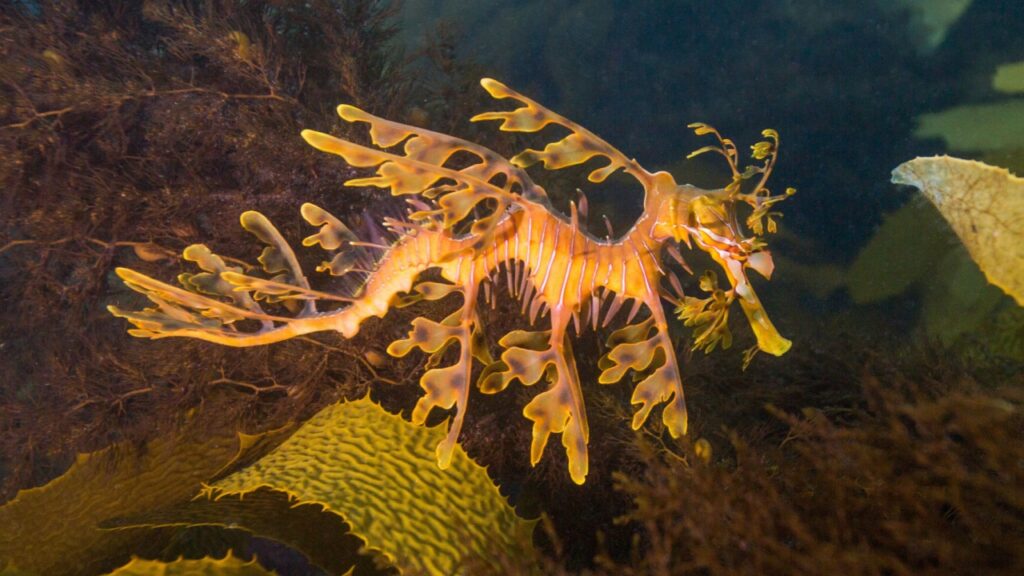
Kingdra, the evolved form of Seadra, draws inspiration from the leafy seadragon, a relative of seahorses. These marine creatures are masters of camouflage, with leaf-like appendages that help them blend in with seaweed and kelp. Leafy seadragons are found in the waters off southern Australia and, like Kingdra, have a regal and somewhat mystical appearance. Their unique form and habitat in coastal waters align well with Kingdra’s design and water/dragon typing.
Platypus (Psyduck)
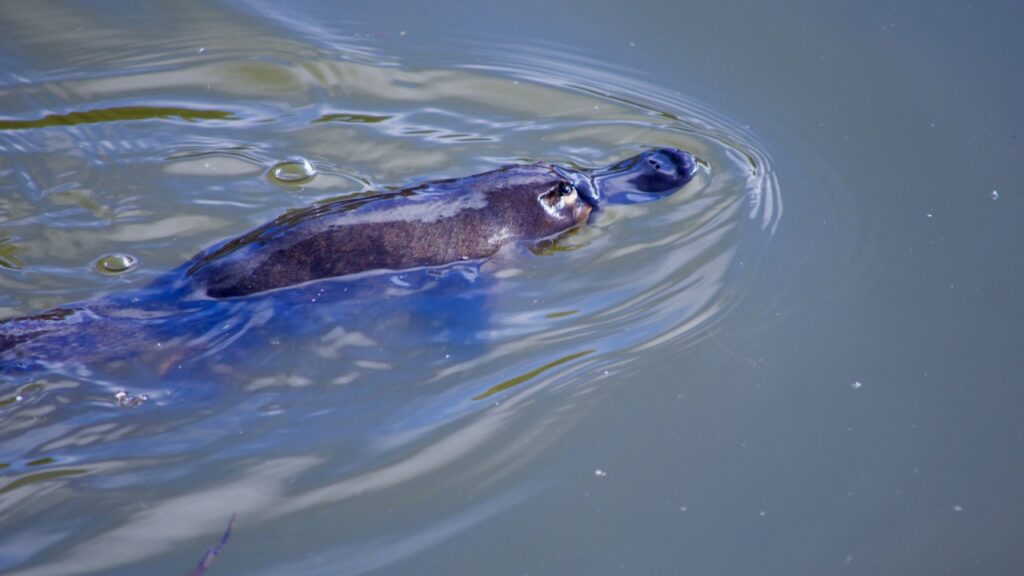
The duck-billed platypus likely influenced the creation of Psyduck. Platypuses are egg-laying mammals that possess a duck-like bill, webbed feet, and a beaver-like tail. Like Psyduck, they are semi-aquatic and have some surprising features – male platypuses have venomous spurs on their hind legs. The platypus’s unusual combination of traits makes it a perfect inspiration for the quirky water-type Pokémon known for its headaches and psychic abilities.
Tapir (Drowzee)
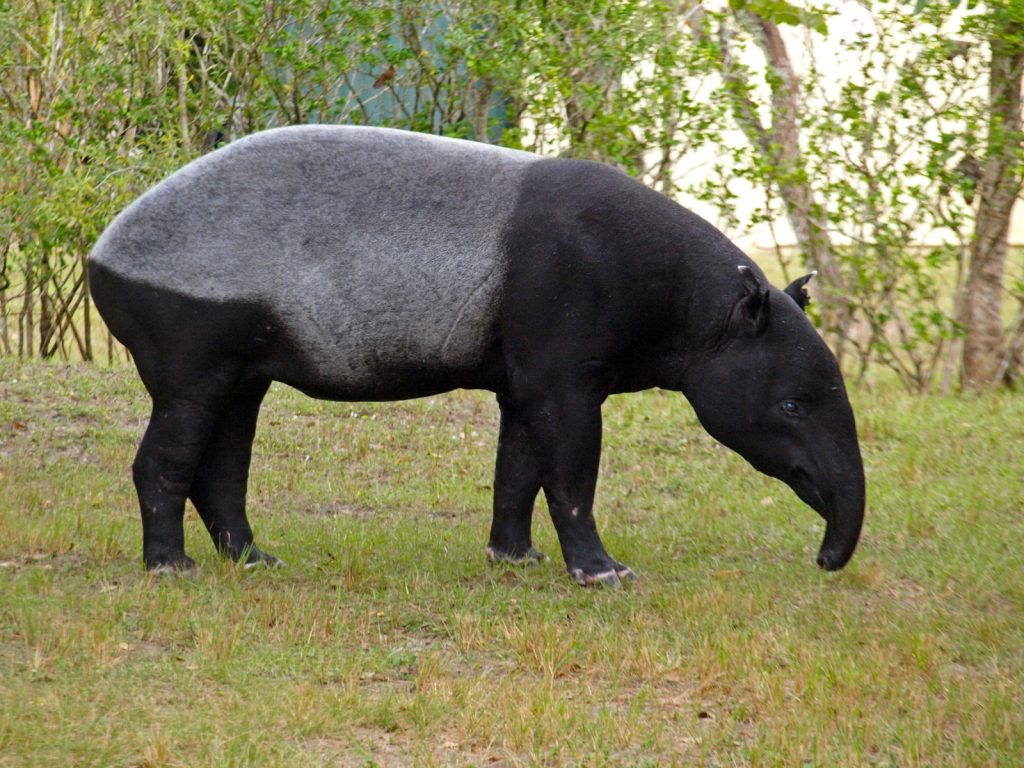
Drowzee, the psychic-type Pokémon known for eating dreams, is based on the tapir, a large, herbivorous mammal. In Japanese folklore, tapirs are said to eat people’s dreams and nightmares. This myth aligns perfectly with Drowzee’s ability to induce sleep and feed on dreams. The tapir’s distinctive trunk-like snout is reflected in Drowzee’s design, creating a clear link between the real animal and its Pokémon counterpart.
Bagworm (Burmy)

Burmy, the bug-type Pokémon that changes its cloak based on its environment, is inspired by the bagworm moth. Bagworm larvae create protective cases out of silk and environmental materials, which they carry around as they move. This behavior is mirrored in Burmy’s ability to change its appearance based on its surroundings. The bagworm’s life cycle and adaptability make it an ideal inspiration for this unique Pokémon.
Hermit Crab (Dwebble)
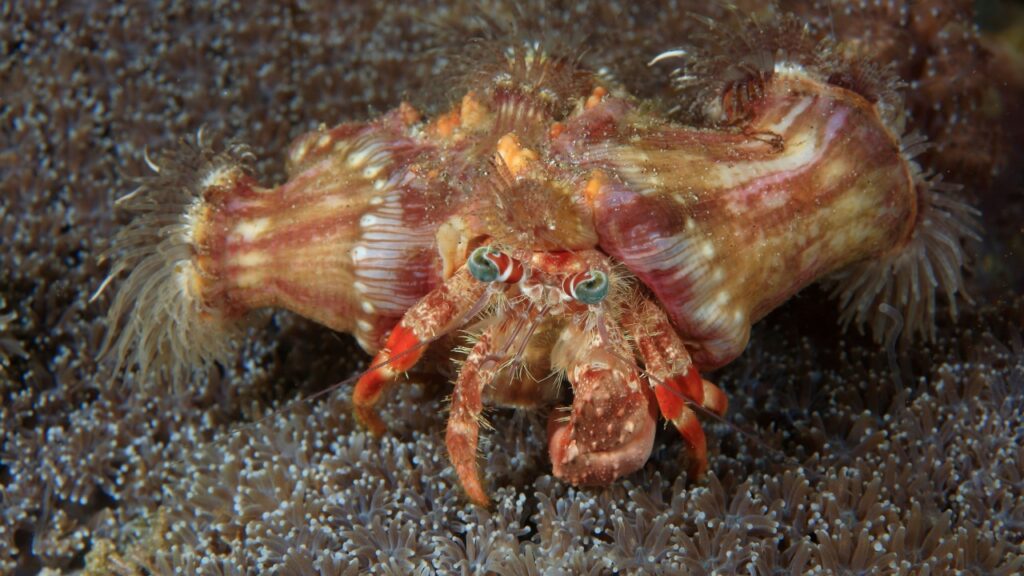
Dwebble, the rock inn Pokémon, takes its inspiration from the hermit crab. Hermit crabs are known for their habit of using discarded shells as portable homes, which they change as they grow. Dwebble similarly creates its own shell from rock, reflecting the hermit crab’s behavior. This connection highlights how Pokémon designers often incorporate fascinating animal behaviors into their characters.
Pufferfish (Qwilfish)
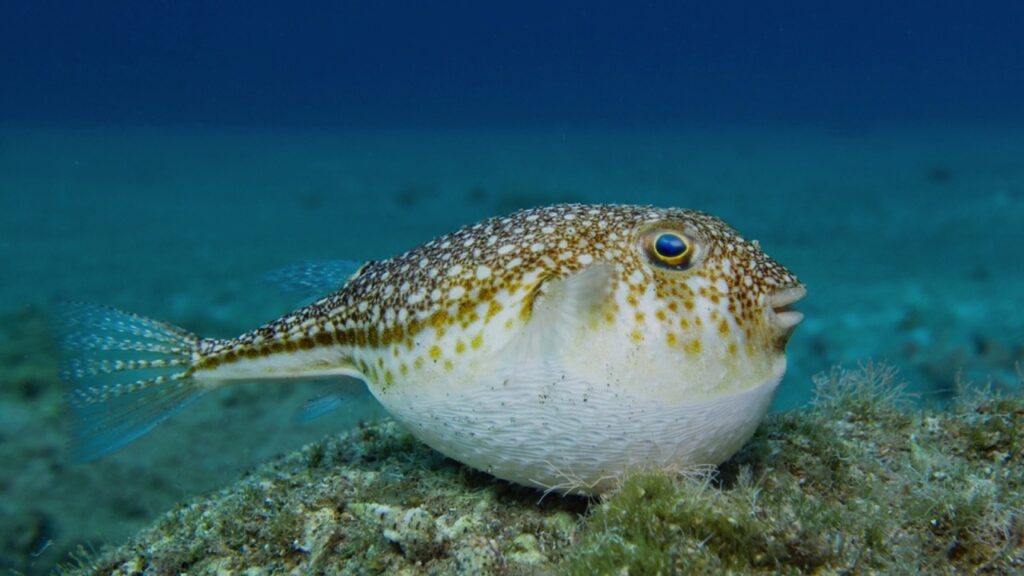
Qwilfish, the balloon Pokémon, is clearly based on the pufferfish. Pufferfish are known for their ability to inflate their bodies when threatened, becoming a spiky ball that’s difficult for predators to swallow. Qwilfish shares this defensive mechanism, using moves like Spikes and Poison Sting to deter attackers. The pufferfish’s unique defense strategy and toxic nature are perfectly captured in Qwilfish’s design and abilities.
Pitcher Plant (Victreebel)
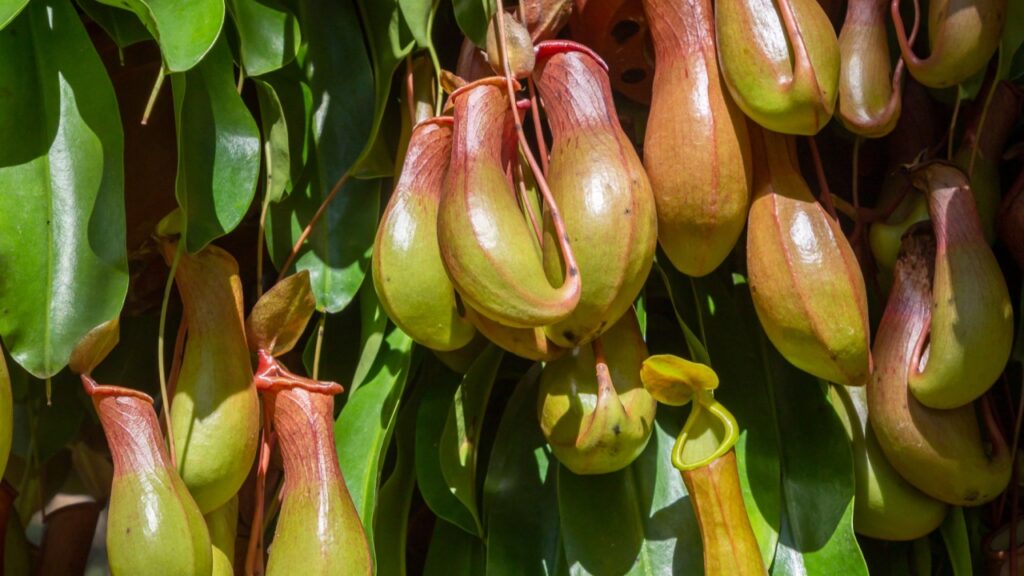
Victreebel, the flycatcher Pokémon, draws inspiration from the carnivorous pitcher plant. Pitcher plants lure insects into their tube-like structure, where they are trapped and digested. Victreebel’s large mouth and vine-like structure closely resemble a pitcher plant’s trap. The plant’s predatory nature is reflected in Victreebel’s poison-type attacks and its ability to swallow smaller Pokémon whole in the anime series.
Koala (Komala)
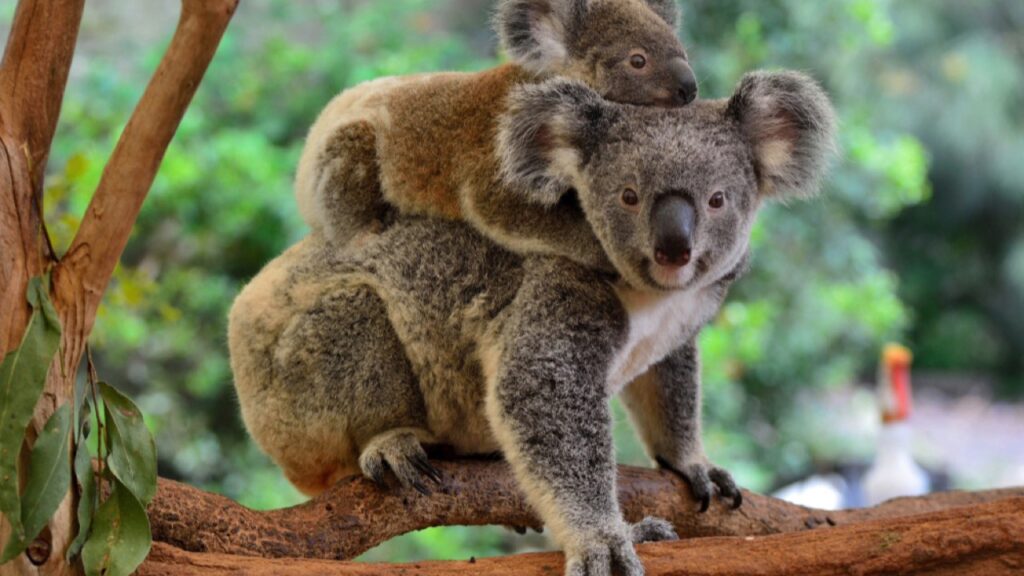
Komala, the drowsing Pokémon, is based on the koala, an Australian marsupial known for its sleepy nature. Koalas sleep up to 20 hours a day, a trait reflected in Komala’s perpetual slumbering state. The log that Komala carries represents the eucalyptus branches that koalas cling to while sleeping. This Pokémon perfectly captures the koala’s laid-back lifestyle and arboreal habitat.
Mantis Shrimp (Clauncher)
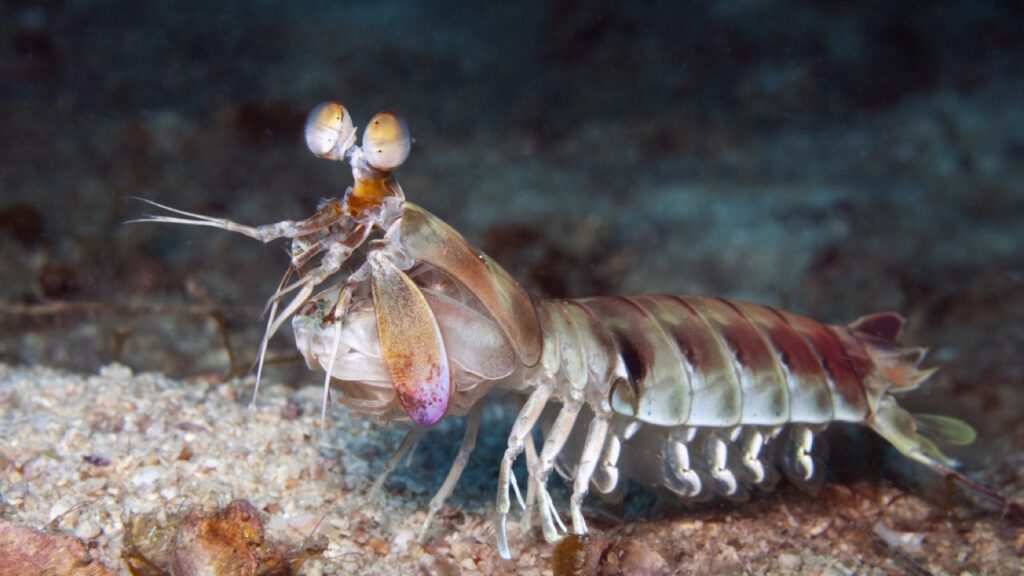
Clauncher, the water gun Pokémon, takes inspiration from the mantis shrimp, a colorful marine crustacean with powerful claws. Mantis shrimp are known for their incredible striking speed, able to accelerate their claws with the same velocity as a gunshot from a twenty-two caliber rifle. This powerful attack is mirrored in Clauncher’s signature move, Crabhammer. The mantis shrimp’s vibrant appearance and formidable hunting technique make it a perfect fit for this water-type Pokémon.
Kitsune (Ninetales)
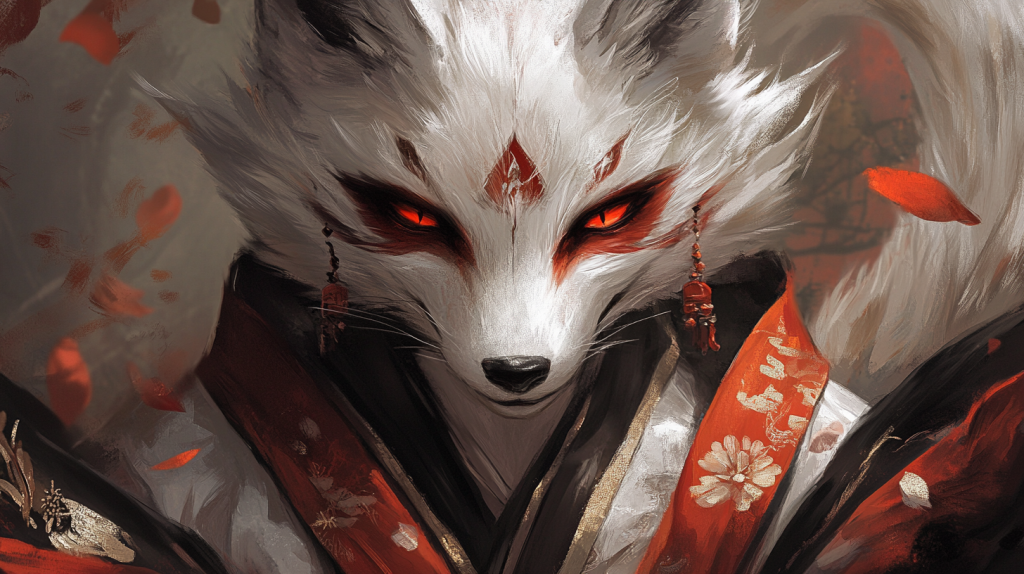
Ninetales, the fox Pokémon, is based on the kitsune from Japanese folklore. Kitsune are magical foxes that can have up to nine tails, with each tail representing a century of wisdom. They are often associated with fire and psychic abilities, just like Ninetales. In folklore, kitsune can shapeshift into human form, which is reflected in Ninetales’ high intelligence and ability to understand human speech in the Pokémon universe.

